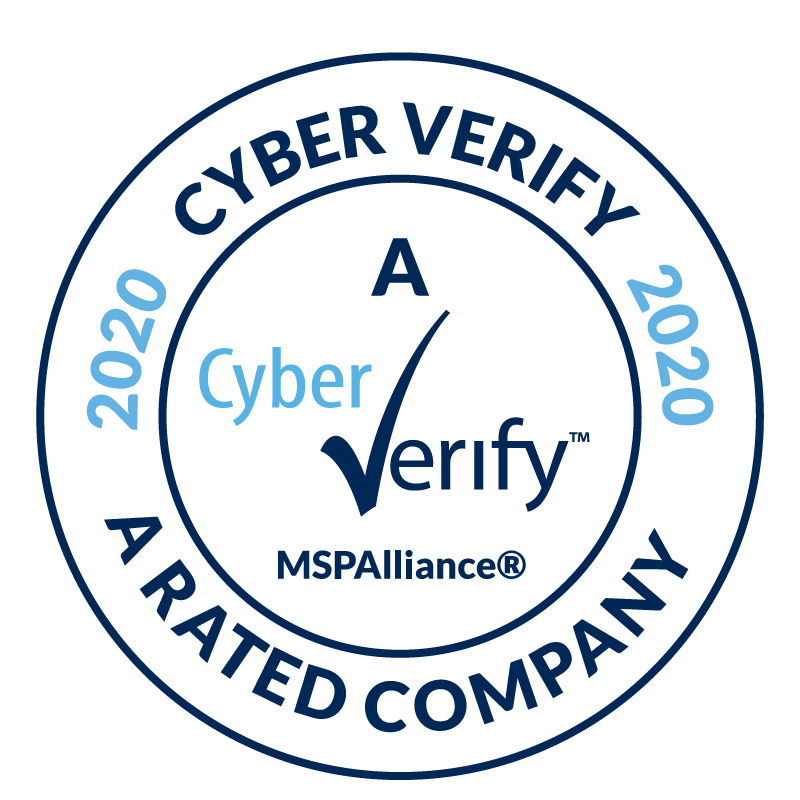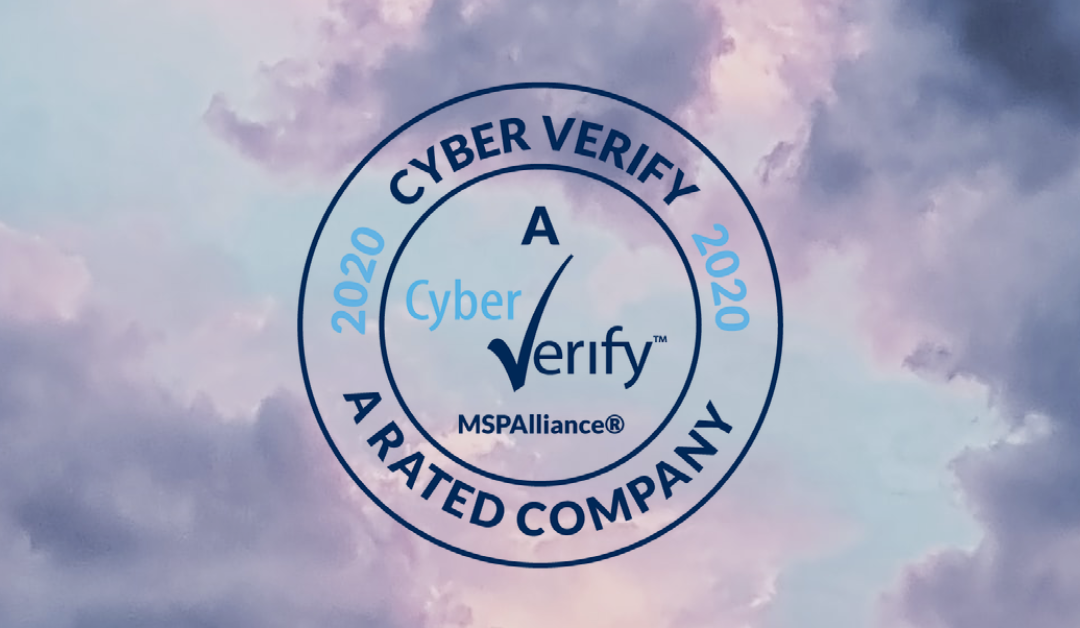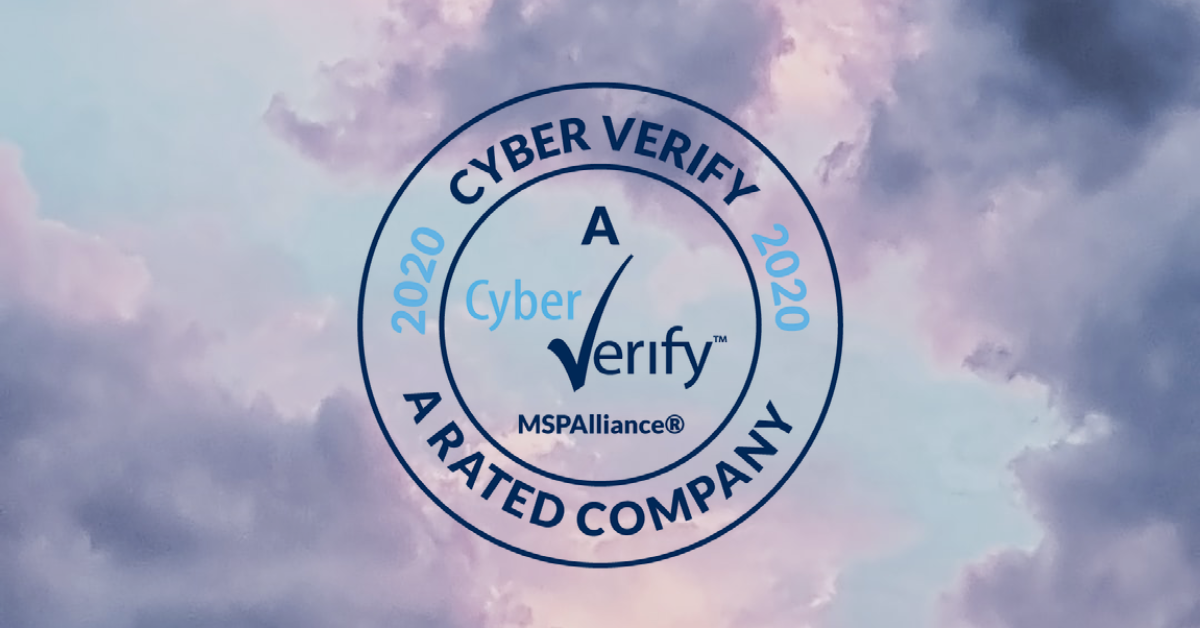
How to Create a Strategic BDR Plan
The Right Data For Backup & Disaster Recovery
For backup and disaster recovery (BDR) planning, you need more than a trusted solution. You need a data center that can’t fail. You need an IT team that won’t keep you up at night. Server room aside, you might want to back up everything, or you might want to delete outdated information. You might fear that your BDR plan will be too expensive if it becomes all-inclusive, or you might wonder if you’re cutting costs while risking a slow restore in the event of a disaster. Fortunately, many IT service plans for disaster recovery often rely on managed cloud services that allow you to scale up or down, adjusting your costs on a monthly, or even daily, basis (depending on your managed IT solution). However, BDR options abound, so let’s look at how to build the right BDR plan for your business needs.

Choosing BDR
Things to consider when choosing a BDR plan revolve around your own personal preferences regarding on-premise backup vs. cloud backup. Where do you want your data stored? The varieties of BDR options are seemingly endless as we move toward a society that depends on cloud-based technology to enable nearly every aspect of business culture. Your BDR decisions are vital and unique to your company size, geography, climate, and more. Small business technology can help businesses struggling to grow stay competitive, even when business is slow. Larger businesses, especially manufacturers with complex ERP systems, choose cloud-based BDR for peace of mind against ever-evolving threats of cyberattacks and downtime. Across all industries and organizations, good BDR planning promotes the universally desired benefits of reduced risks and lower costs. So, information management similarities and differences in mind, where do you want to save, store and share your company data?
BDR Plan Quick Q&A
- How much critical data do you need to fully protect?
- How many users and devices will be affected by your backup and disaster recovery plan?
- What are your greatest vulnerabilities (natural disasters, ransomware, malware, social engineering attacks)?
- Do you know your RTO & RPO? Do you need DRaaS?
- What is your BDR training and testing strategy?
- Have you ever experienced data loss or data corruption? How did you respond? Did you achieve restoration?
Save Your Files & Save Them Again
Where is your data currently stored? In a web-based software? On a server in an office closet? In the basement storage area? In multiple places, including on personal devices (in light of BYOD trends)? You’re not alone if you’re struggling with data management. Likewise, you’re not alone if you’re struggling to choose a BDR solution that will be a perfect fit for your company’s future.
3 Basic BDR Roadmaps
If you want to back up everything, or if you want to back up one file, you have three basic options for saving your information.
- Cloud services for BDR with true cloud environments and 100% virtual office infrastructure
- Software solutions deployed on company-owned hardware that stores backups for disaster recovery
- Hybrid cloud infrastructure that leverages cloud-based software solutions, off-site data centers and external technology specialists
Back up, Data Backup
A common concern is that a cloud-based BDR solution will cause excessive external data center usage, resulting in unforeseen ingress and egress expenses, among other unpredictable costs. The fear of creating luxury backups is real, and business owners have struggled in the past with surprise bills that read like fine-print privacy disclosures. This is why the planning stages of your business continuity strategy are critical in terms of IT budgeting. If you’re concerned about decisions regarding incremental backups, recovery point objectives, recovery time objectives, compliance, and all other backup and disaster recovery choices and expenses, then you’ll do well to first assess your core operations. If migrating to managed hosting, you might choose to waterfall excess data storage (such as old servers or unused servers) away from your cloud solutions. An IT specialist can assess your systems and make detailed server management recommendations.
Your BDR Plan Data Core
In a perfect business world, you can back up all of your data and also securely delete it at whim. Unfortunately, the burden of managing data often requires a highly skilled IT team to monitor and safeguard your BDR hardware and software. If you’re not at the point at which you can easily back up everything daily, then you’ll want to ensure you’re protecting critical information.
- Financial data, including accounting software, invoices, payroll, transactions
- Customer information and client data, including saved CRM information like prospect notes and lists
- Critical data from project management activities
- Employee information, including all HR files that enable operations
- Paper-based communications, including image saves and scans

A Perfect Plan For Your Business
If you need proactive or reactive backup and disaster recovery services, EstesCloud technology consultants are highly skilled at on-premise, hybrid and private cloud solutions. An IT expert can help you create a penny-wise BDR solution that keeps your data safe.











